10. Call Me By Your Name (2017)

Luca Guadagnino’s drama proved to be one of the most affecting love stories of the 2010s. As the summer ends in Northern Italy, Oliver and Elio are forced to say goodbye to each other after a passionate romance. The farewell between the two and the emotional devastation that follows is heartbreaking. Still, it is the final sequence that really tears at the heartstrings.
Sometime later, Oliver calls Elio and his family announcing he is engaged. Oliver reassures Elio he remembers everything about their time together, but the news remains gut-wrenching. As the credits fall, we suffer through an unbroken shot of Elio staring into a fire and crying as a delicate Sufjan Stevens song plays. It is an intimate and devastating reminder of the power of young love, not to mention the incredible acting capabilities of Timothée Chalamet.
9. Kill List (2011)
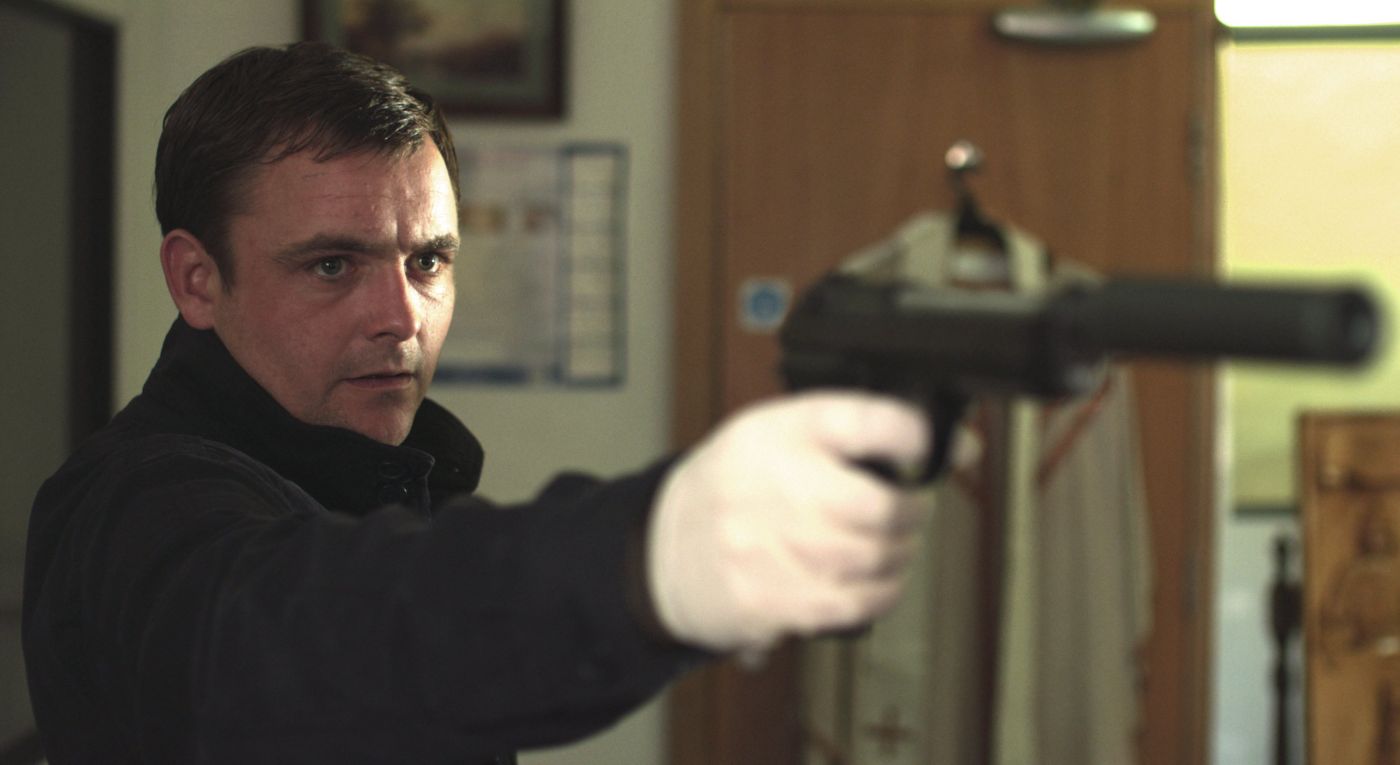
There has never been, and may ever be, a film quite like Kill List. It begins and for the most part, keeps up the facade of a hitman thriller with an unnerving undertone. But in the final act, that undertone explodes to the surface, and the movie becomes a full-blown nightmare. It may take the best part of the film to realize, but Kill List is most definitely a horror.
Terrorized by the masked cult, Jay wakes up and is forced to do battle with ‘The Hunchback.’ Lit by flames, encircled by naked masked figures and played to the sound of hellish drums, the fight begins. The hunchbacked figure is no match for Jay, who stabs it repeatedly till it falls to the floor. The screams it makes sound like pig’s squeals and blood pours over Jay, who mounts it and furiously continues to stab its hunchback. It is horrifying to watch but doesn’t come close to what happens next.
The cult members clap and remove their masks, revealing themselves to be previous characters from the film. The Kill List was all a cult conspiracy. Jay then unmasks ‘The Hunchback,’ only to discover it’s his wife Shel. Her hunched back was their son she was carrying. Shel laughs as she dies, and Jay is crowned by the cult. To say the ending is unexpected is an understatement. To say it is merely disturbing is criminal.
8. Melancholia (2011)
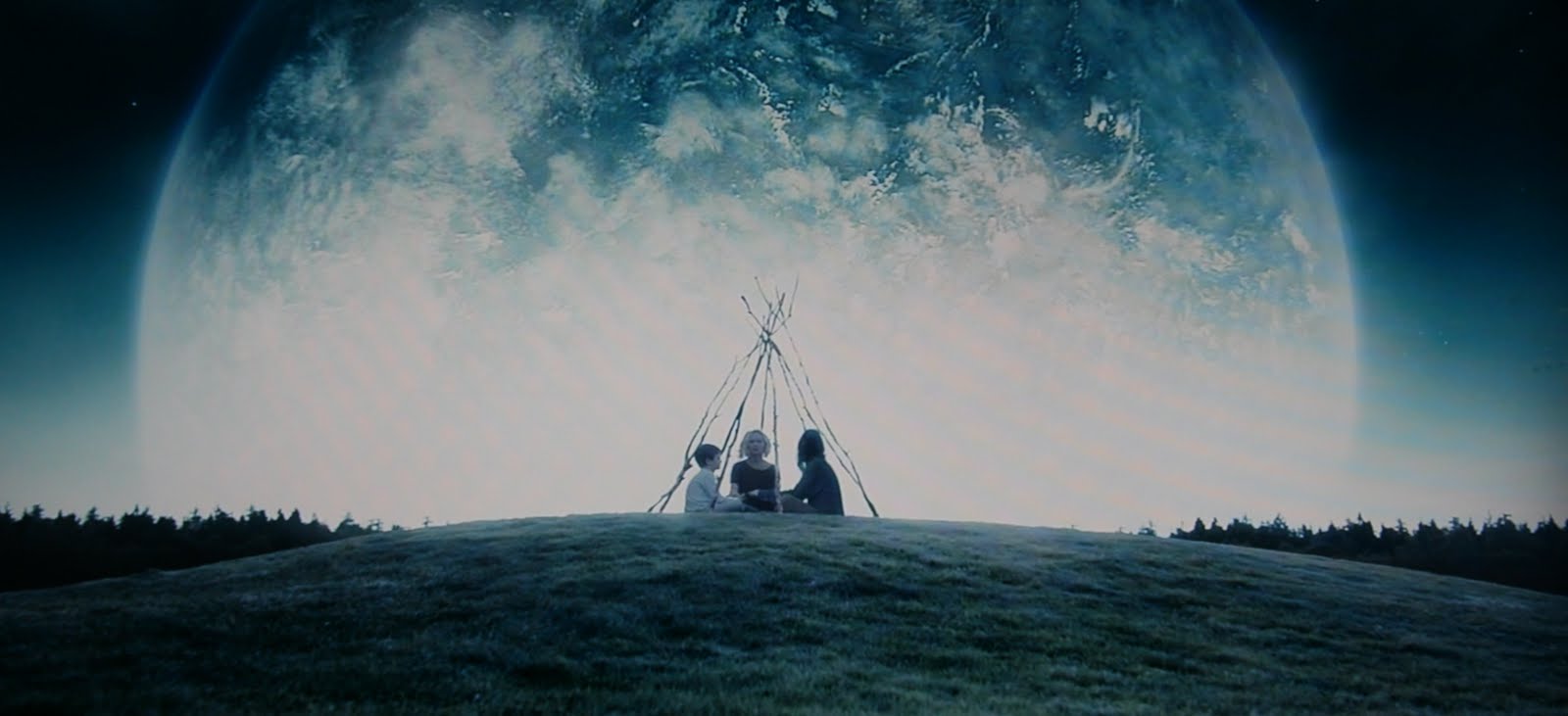
Lars Von Trier has continued to strongly divide audiences and critics this decade. Still bizarre and quite shocking, Melancholia proved to be the Danish auteur’s most popular work. The story of two sisters, a wedding, and the life-ending collision course of a mysterious planet ends in monumental fashion.
The final moments of the film show the two sisters and the young boy embracing each other as the planet ‘Melancholia’ hurtles towards them. It’s a devastating scene watching the characters react to their imminent demise. But what makes it stand out is the sheer visual spectacle of the final shot. The characters are framed in the center of a long shot in which we see Melancholia grow larger in the sky until it finally crashes into Earth. Everything on screen is destroyed as the classical dramatic score plays. It is a blockbuster level spectacle to end a contemplative art house film.
7. Burning (2018)
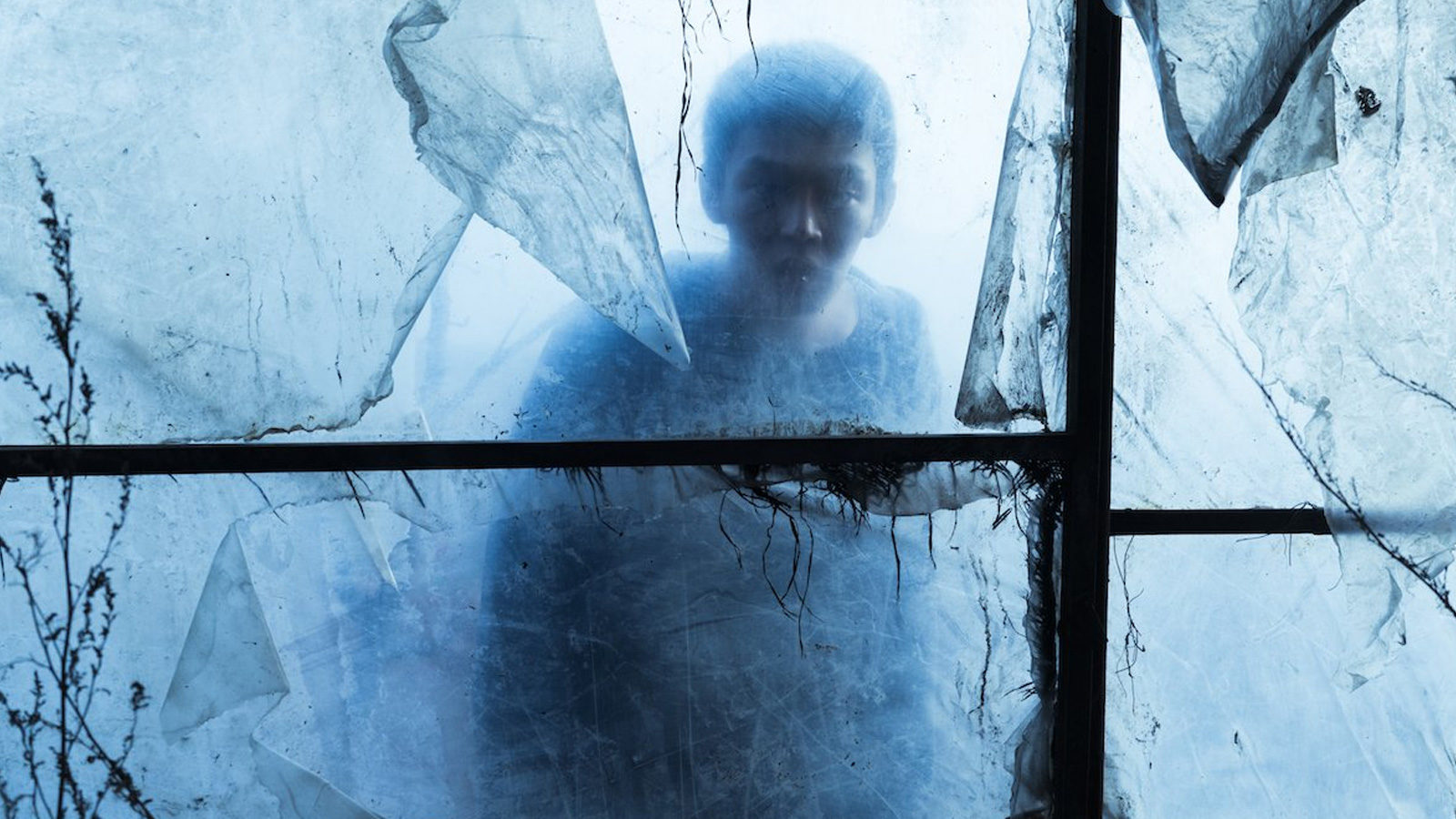
Burning was a patient thriller that slowly unfolded along with its many layers. The final act, however, was something else altogether that flipped the movie and its audience upside down.
Thanks to some jewelry and a cat, it is revealed that Ben was never talking about setting fire to greenhouses in the literal sense. No, instead, in an ingenious twist, it is revealed the greenhouses are metaphors for young women who he has been seducing and then killing.
In the final scene, Jong Su confronts Ben after learning the truth about Hae-mi’s fate. He stabs Ben repeatedly, in a dialogue-free sequence that allows us only the sounds of the violence and the heavy breathing. Jong Su then burns Ben’s body along with his own clothes inside Ben’s car. The image of the Porsche in flames is a brilliant literal image of burning to end a story filled primarily with metaphors. This is all captured in a single long take lit only by the dim morning light. It is a gritty and violent end to a haunting puzzle of a movie.
6. The Invitation (2015)
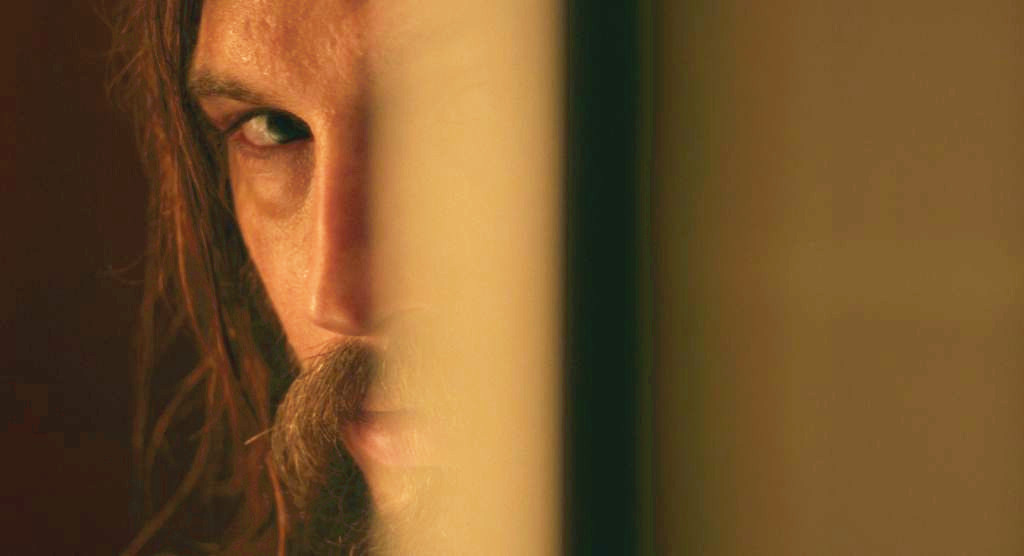
Karyn Kasuma’s 2015 horror is a small and intimate film. Almost the entire movie takes place in a Los Angeles dinner party. The growing paranoia that the party is something more sinister patiently builds. With the hosts’ motives revealed, the guests fight for survival as they are hunted down by the crazed cult members in a nerve-wracking game of hide and seek.
In a brilliant final twist, the survivors gather in the garden, looking out across the hills of LA. They see red lanterns lit across numerous homes, just like the one lit in the garden they are standing in. Sirens wail and screams can be heard all around. What was a seemingly isolated incident taking place in a dinner party is revealed to be part of a vast devastating coordinated attack, of which the true scale is unknown.
It has been done many times before, the emergence from a structure (typically a bunker) to find the world around it in flames. But it is especially effective here because it is just so unexpected. Not to mention ingeniously crafted through the use of the blood-red lanterns.
5. Raw (2016)
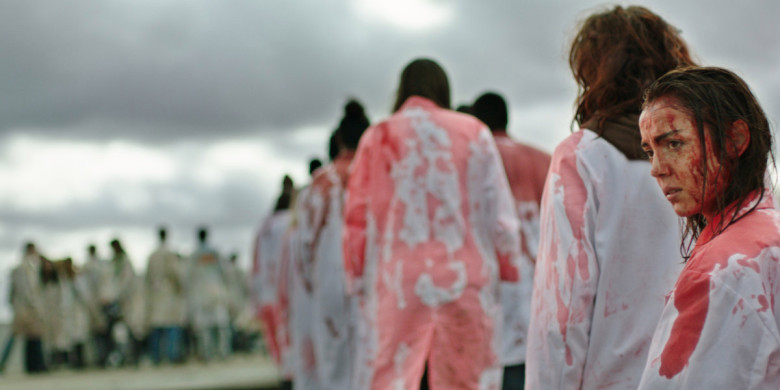
From its very first screening, Raw earned itself a serious reputation. Labeled as both masterful and nauseatingly graphic, the French Horror left some viewers needing medical treatment after showings. Those that could stand it applauded the film for its unsettling atmosphere and fresh take on the coming of age genre.
Like the graphic visuals, the ending lingers long after the credits roll. After a gruesome murder, young Justine and her taste for human flesh are sent home from college. As she sits with her father, he reassures her that what happened was not her fault. He then begins recounting his first kiss with Justine’s mother, repeatedly touching his scarred lip. It’s a subtle bombshell that the taste for flesh runs not just in Justine and her sister but her mother also.
But Raw is anything but a film of subtleties. So next, Justine’s Father opens up his shirt to reveal a chest filled with scars and missing flesh. “I’m sure you’ll find a solution, honey,” he says blankly. Between the disfigured image of a man’s chest and the revelation that cannibalism runs in the family, Raw ends on a disturbing note. Justine is left to live her life, forever fighting her cravings. Meanwhile, the viewer is left trying to remove the movie’s graphic images from their mind, and the disquieting tone that gets right under your skin.
4. Once Upon a Time in Hollywood (2019)
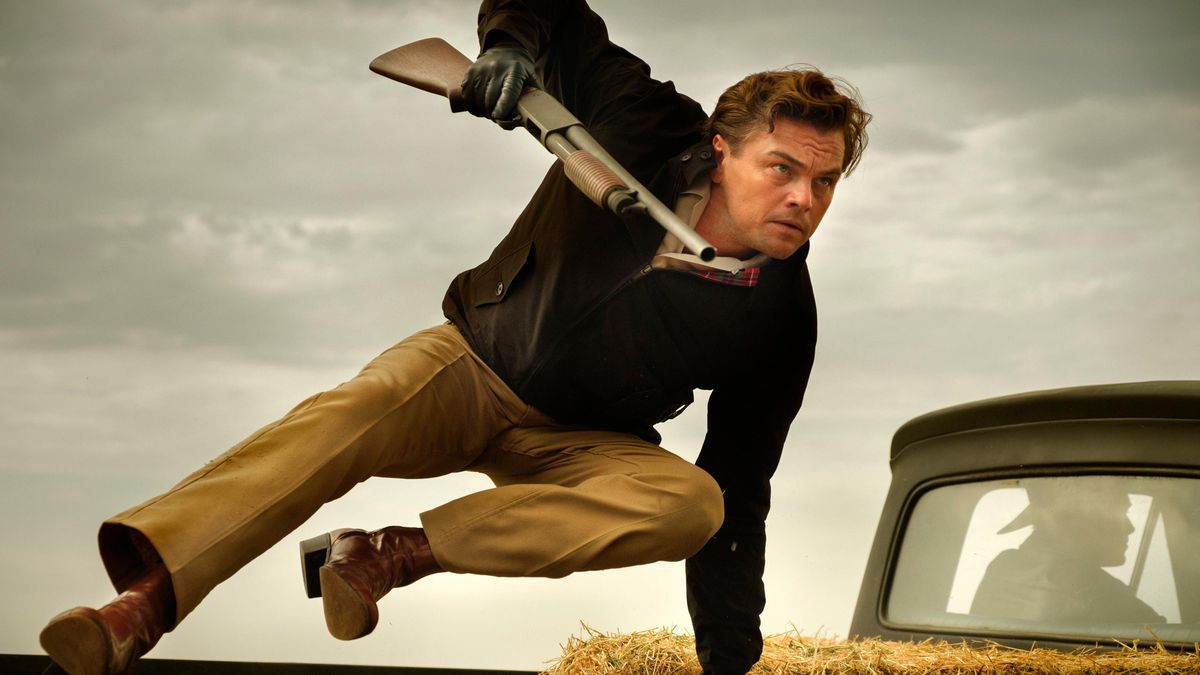
Tarantino’s latest was a dialogue-heavy ‘hang out movie.’ The majority of the plot involved simply following Cliff Booth (Brad Pitt) and Rick Dalton (Leonardo DiCaprio) around Hollywood over 48 hours. It was incredibly fun and entertaining, but certainly low on action. That is until the ending.
After an abrupt time jump, we catch up with Rick and Cliff as they return from Italy. The duo agrees to get wasted together one last time as a toast to the old days they are leaving behind. But their night takes a dramatic turn when members of the Manson Family show up to Rick’s house looking to spill blood.
All of a sudden, the relaxed laid back film explodes into ultraviolence as a stoned Cliff Booth, along with his trusty mutt, fight off the intruders. The violence climaxes with Rick pulling out a flamethrower and torching the remaining invader in his swimming pool. It is both hilarious and horrifyingly graphic. The duo survives, and Rick is invited into Sharon Tate’s home, the same woman who, in real life, was murdered by the Manson Family. It is a sweet final note the closing shot, with Rick finally entering Hollywood’s most inner circle. But it comes after a wildly unpredictable twist on real-life history and the film’s very style.
3. Nocturnal Animals (2016)
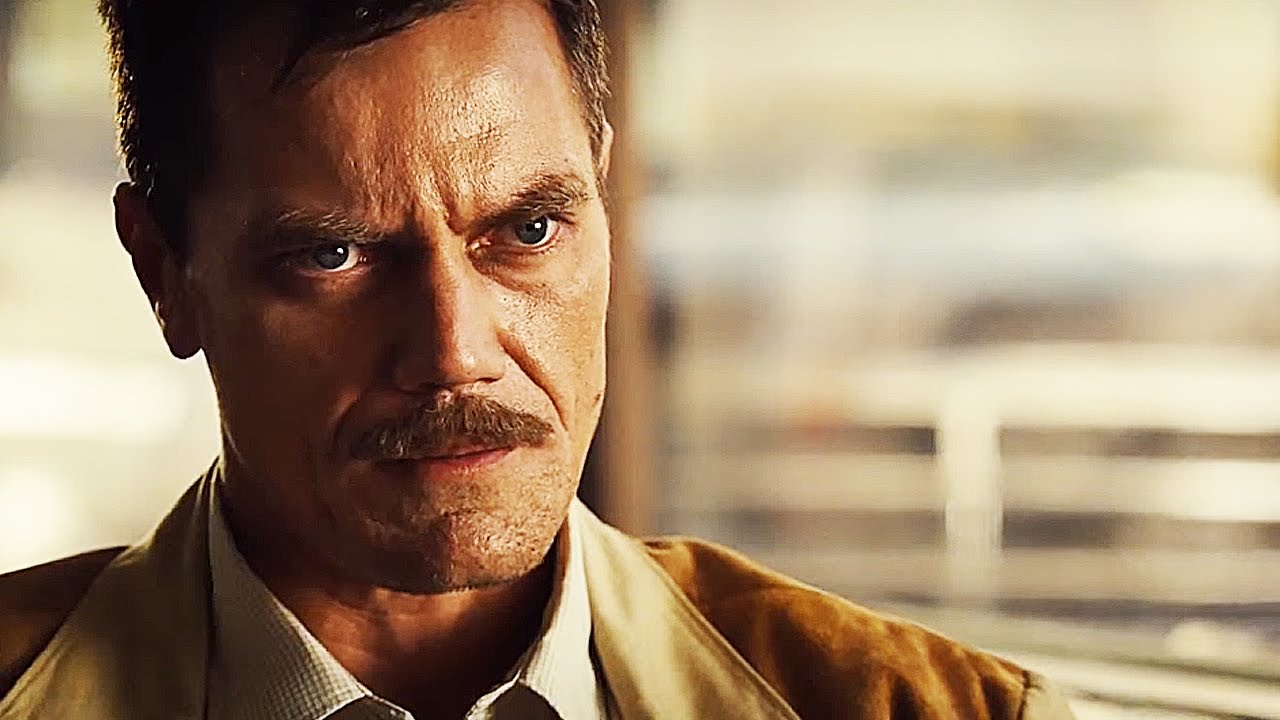
Tom Ford’s brilliantly acted out thriller is most certainly dark and violent. Half the film plays out as a visualization of a novel dedicated to Amy Adam’s character Sue. Written by her ex-husband and sent to her personally, the book tells the graphic story of a man and his family being tormented on the road by a young gang in Texas. After much violence and rape, the novel ends with all the characters meeting their death.
The movie itself closes less dramatically, with Sue waiting for her ex-husband at a dinner date he set up. She is shaken by the story he has written, and the reasoning behind him dedicating it in her name. We see flashbacks to their troubled marriage that ended in adultery and Sue aborting her husband’s baby in secret.
As Sue continues to wait at the restaurant, it becomes clear her ex is not showing up. He set it up all to leave her alone with her memories and the images she supposedly inspired in his novel. It is a brilliant twist that brings about the realization that everything we have seen in the movie is a genius but disturbing act of revenge. Standing someone up has never been so cold and calculated.
2. The Act of Killing (2012)
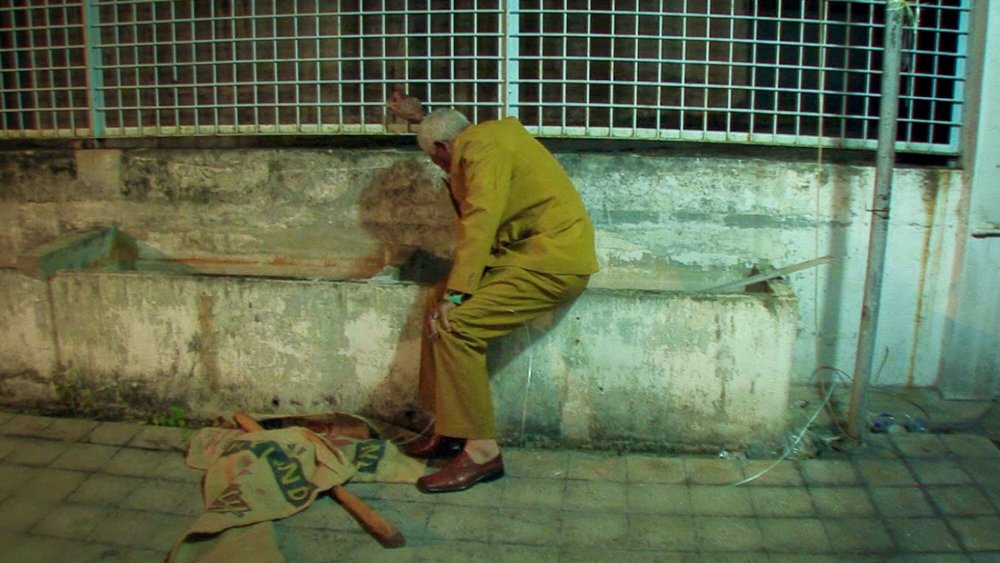
Joshua Oppenheimer’s documentary was a painful and undeniably memorable experience. It follows Anwar, a man responsible for killing upwards of 1,000 during the Indonesian genocide of 1956/57. Anwar still lives amongst the community today, celebrated by some as a celebrity. The filmmakers ask Anwar to tell the story of his killings in any way he chooses.
Far from remorse, he reenacts his crimes in the style of gangster films and musicals, boasting throughout about his methods. But at the end of the film, Anwar plays the role of a victim. It is in this recreation that Anwar begins to question if he has sinned. In the film’s most memorable scene, Anwar revisits the rooftop where so many of his killings took place. There he begins to physically wretch as he recounts tales of the murders.
It is a powerful scene for the film to end with. After spending so much time seeing this man acting proud of his killings and after decades passing since they happened, the sudden guilt is strangely surprising. Watching a mass murderer come to terms with his actions is both fascinating and wholly disturbing. Having it captured in real-time proves to be an unforgettable way to end one of the decade’s most memorable movies.
1. Whiplash (2014)
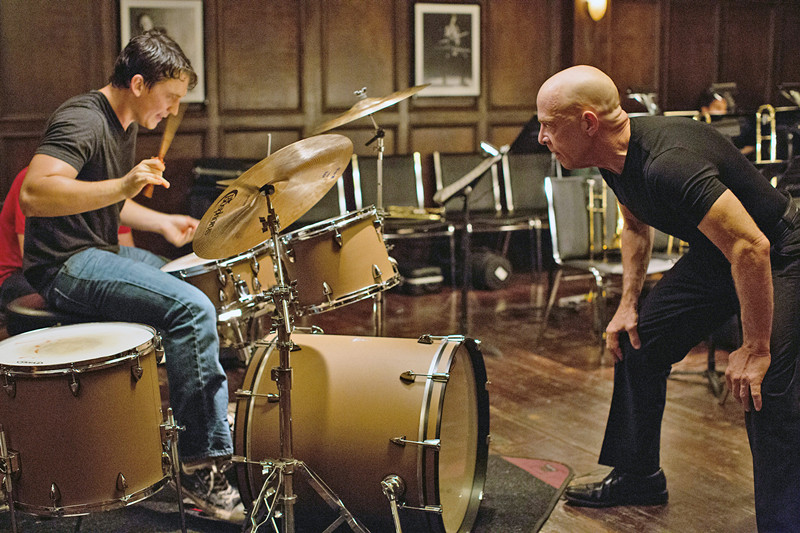
Whiplash was an explosion of a movie. It announced Miles Teller as one of the most promising young actors, brought out a career-best awards sweeping turn from JK Simmons, and introduced the world to one of the most exciting filmmaking talents of this decade. And this was all off a budget of $3.3 million.
The final sequence of Damien Chazelle’s drumming masterpiece finds Andrew invited to play for Fletcher’s band at a major concert. But as he is about to perform, Fletcher comes over and confirms he knows it was Andrew that got him fired. Then, in an act of revenge, Fletcher switches the music to something Andrew doesn’t know, leaving him to play a painful and embarrassing performance. It all seems over for Andrew and his drumming career, until he returns to the stage, takes the lead, and performs a heart-stopping extended solo.
You don’t need to know a thing about drumming or even music to appreciate what we see and hear on screen. The jazz and filmmaking work in harmony with the editing visually reflecting the insane pace of the music. The camera pans at breakneck speeds between drums, and also between Fletcher and Andrew as their personal tensions build. It is a monumental battle being played out between the two, both physically and mentally, and yet without no more than a few lines spoken. Instead, we hear it in the music and see it in the eyes of two exhilarating performances. It is an immensely physical showing from Teller, especially. We believe every bit of tension in his face and bead of sweat on his body.
When the performance ends, we are left completely floored. It was both a fistfight and a chess match being played out through a jazz performance. Andrew achieved greatness. It cost him almost everything, but he accomplished his dream. Whether Fletcher knew all along what he was doing remains open, and so too does the question of where we should draw the line when it comes to pushing people towards excellence. One question we certainly know the answer to is whether our hearts are rushing or dragging when the credits roll.